Violet "Black Pearl": description of the variety, planting and care features
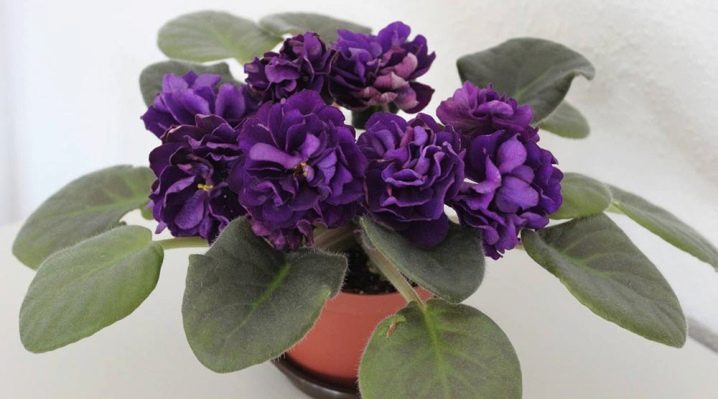
It is no coincidence that violets are preferred by many flower growers. These plants are compact in size, and hybrid varieties have an abundance of incredibly beautiful inflorescences. Novice growers make the mistake of considering all plants to be violets that somehow have rounded, fluffy leaves and inflorescences collected in bunches. In fact, true violets belong to the violet family. Saintpaulias are Gesneriaceae: hybrids that require special care. Violet "EK-Black Pearl" - Saintpaulia, which will be discussed in the article. Let's leave the name of the plant familiar to us.
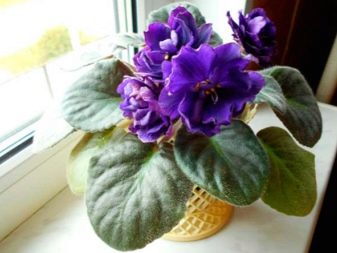
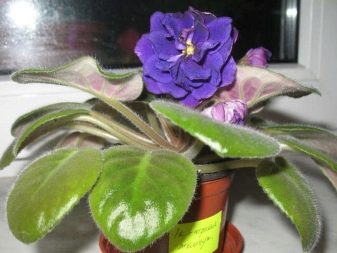
Characteristic
It is worth paying attention to the description of the variety. The Black Pearl hybrid is the result of the selection work of Elena Korshunova. She brought it out in 2003. Abundant and long flowering is a characteristic feature of the variety.
Leaves are fleshy, veined, egg-shaped: wide at the base, tapering towards the apex (the end is not pointed). There are no jaggedness and waves at the edge of the sheet plate. The leaves are collected in a rosette, the diameter of which reaches 40 cm. They have a dark green color and are covered with a fine whitish fluff, shimmering in the light and creating a glossy effect. The petioles are also covered with edging, located at an angle of 45 ° relative to the earth's surface.
Flowers are the hallmark of the variety. They are incredibly beautiful: terry and large (maximum diameter - 7 cm, minimum - 5 cm). The color is dark purple, deep and rich, with a black tint. In the middle there is a bunch of bright yellow stamens, which stand out in bright contrast against the dark background of the petals. The number of buds in a peduncle reaches 8. Their shape is rounded, they bloom slowly, forming a solid terry mass. The rosette is compact and does not disintegrate, although the flowers are large. Flowering is abundant, the bouquet does not fade for a long time.
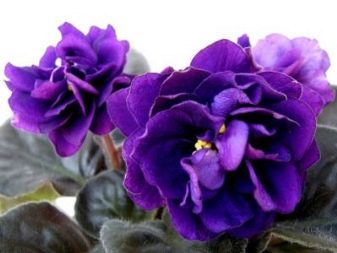
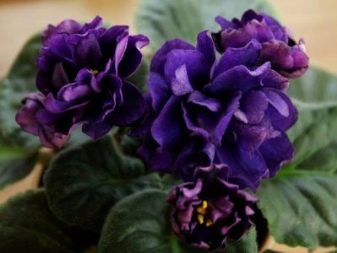
Hybrid violets have one interesting property: children can partially inherit the color of their parents' petals.
The new plant is called sport. The Black Pearl sometimes produces such offspring. It is officially registered and is called no less beautiful than the progenitor - "Gray Ocean". Its flowers are the same double, but they are light: almost white, with a delicate bluish-lilac tint.
Content requirements
One of the main conditions that must be observed by the owner of the violet is to provide it with good lighting, excluding direct sunlight. The best location is west or east facing windows. If you do put the pot on the sill of the south window, you will need to create a shadow. Without natural light, the violet cannot grow foliage. But its excess will cause wilting and death.
The optimum ambient temperature range is from +22 to + 24 ° С, the maximum humidity is 60%. One of the main conditions is warm soil. Its temperature should not drop more than + 20 ° C. Excess levels should not be allowed: more than + 30 ° С. The flower does not like stuffiness, so you will have to ventilate the room from time to time. Perform the procedure carefully so that the violet is not exposed to the negative effects of a draft. She does not like sudden temperature changes.
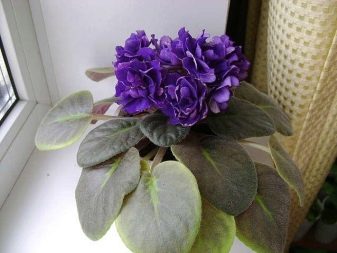
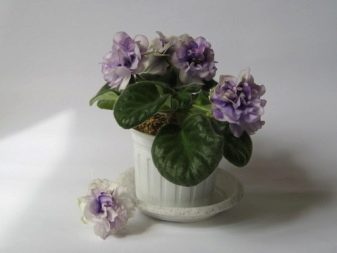
The Black Pearl must be watered properly. In the wild, violet roots are found in warm, moist soil. To create such natural conditions in the apartment, it is recommended to water the plant with the wick method.To do this, you need a synthetic cord (diameter 5 mm). It fits in a flower pot. The end of the cord is pulled out of the hole in the planter and placed in a container of water, which must be placed under the flower pot.
Another form of watering recommended by experienced growers is top watering. A watering can with a thin spout is used. So it is more convenient to get under the foliage and distribute the water at the very edge of the pot. In no case do not pour water into the middle of the outlet, which will cause active decay, the violet will die. The easiest way to water is bottom. It is enough to lower the pot of violets into a container of water for half an hour. The required amount of water will enter the ground through the drainage holes.
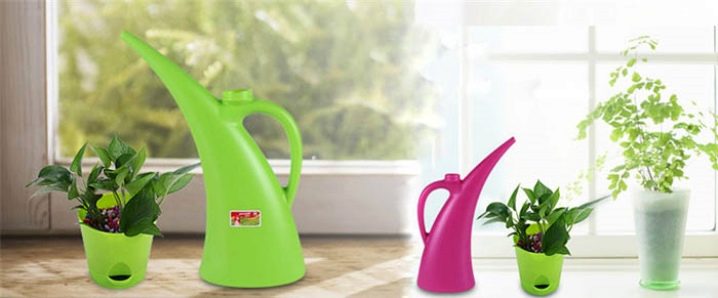
The "Black Pearl", like any plant, needs feeding. Organic nitrogen-containing fertilizers are required during the formation of the rosette. Mineral fertilizers containing potassium and phosphorus are applied when buds begin to form. The composition is diluted in water. It needs to be applied only after watering. If the event is done with dry soil, it will burn the roots. For 1 liter of water, 2 g of the substance is taken.
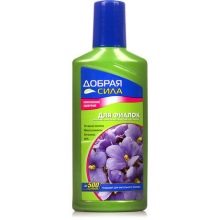
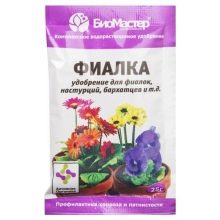
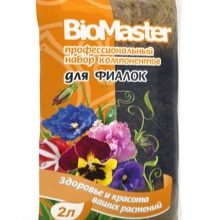
The procedure is contraindicated in the following cases:
- diseased plants;
- violets suffering from the effects of insect pests;
- flowers transplanted less than 1.5 months ago.
Important! Processing in a room with a high or low temperature is prohibited.
The frequency of nutrient introduction depends on the location of the plant. If it is located on the windowsill, then the introduction is done for 9 months with an interval between procedures of 20 days (March - November). A violet placed on a shelf, exposed to artificial lighting, requires year-round feeding. Its interval is 2 weeks. Wash the leaves once every 1.5 months. The main thing is to avoid getting water into the middle of the flower, otherwise rotting will come.
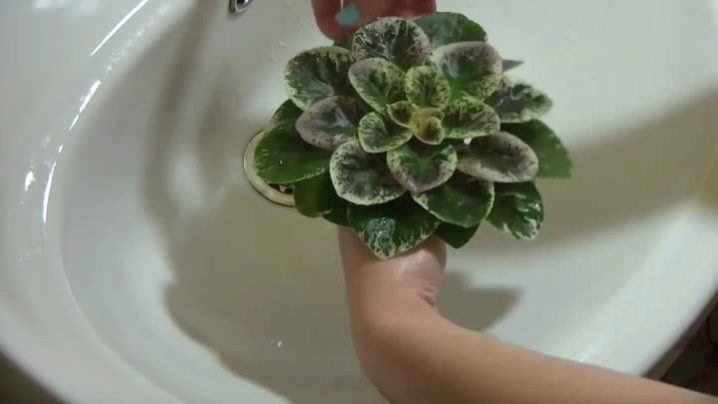
Transplant nuances
A transplant is a must. It is carried out annually with the onset of spring. First, we select the soil. The ideal option is to buy ready-made soil in a specialized store. It is specially designed for this plant.
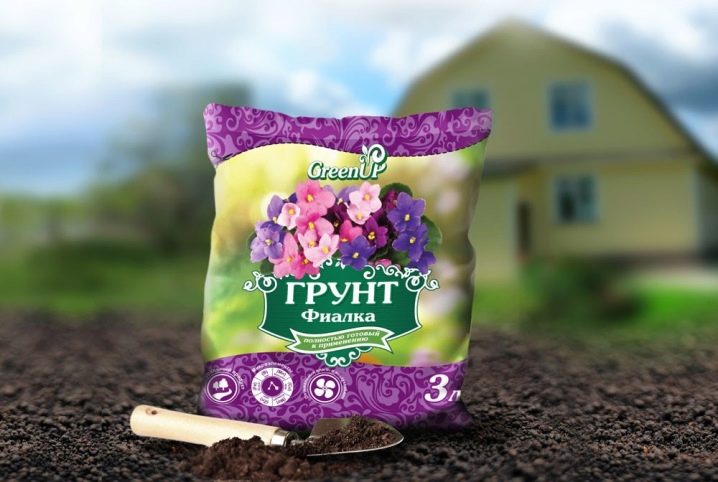
If you want to independently prepare the necessary substrate, then you will need the following components:
- peat - 3 parts;
- sand - 1 part;
- soil taken from places where coniferous and deciduous trees grow, turf - 5 parts;
- loosening components (perlite, sphagnum moss, wood ash) - 10% of the total volume.
Now we select the pot. It should be small, since the violet has an underdeveloped root system. The maximum diameter of the pot is 13 cm. The drainage fills it halfway. There should be holes at the bottom. During transplantation, mature plants are cleared of adhered soil, and young "children" are transferred to a new container with an earthen lump that has engulfed the roots.
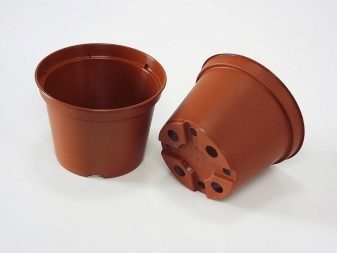
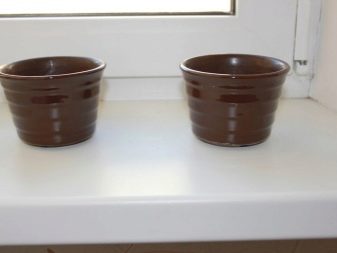
Correct pruning
At the "Black Pearl", after some time, the dying off of the lower leaves is recorded. They need to be removed. To do this, use a sharp knife. Sprinkle "wounds" with crushed charcoal. If this procedure is not carried out in a timely manner, the decay process will affect the entire plant, it will die.
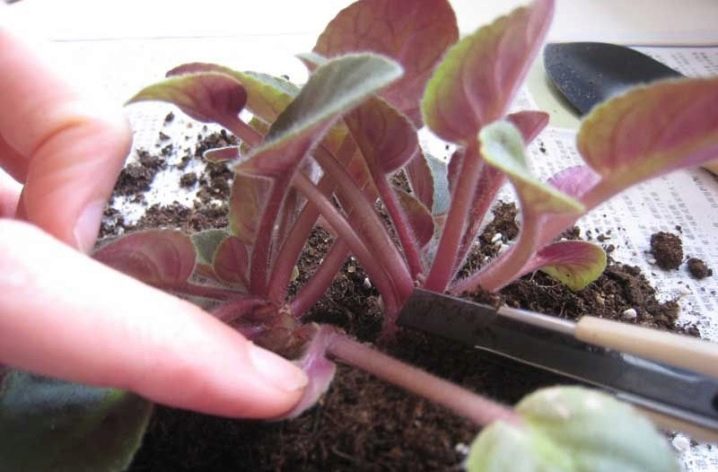
Sometimes the trunk of the violet is bare. If it is about 4 years old, the tip is cut off. Further, the plant is transplanted into a sand-peat mixture. As a result, new shoots will appear in large numbers.
Reproduction
The hybrid propagates by cuttings. Its ideal length is 3 cm. It is cut at an acute angle and placed in a container of water. Pre-crushed activated carbon (0.5 tablets) is added to the water. When roots appear about 2 cm long, the shoot is transferred to the substrate. For this, a hole is made with a depth of 1 cm. Please note that the landing is made at an angle of 45 °.
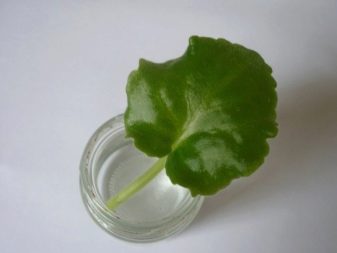
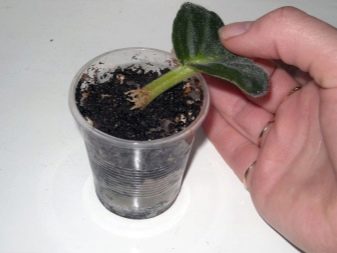
Water abundantly, cover with a plastic bag (you can use a plastic cup). The plant should have enough light and warmth. We ventilate once a week: we remove the "greenhouse" for 2 minutes.After 4 weeks, the leaf will take root, and after 2 months it will give children. Place them in separate pots when 4-6 leaves appear.
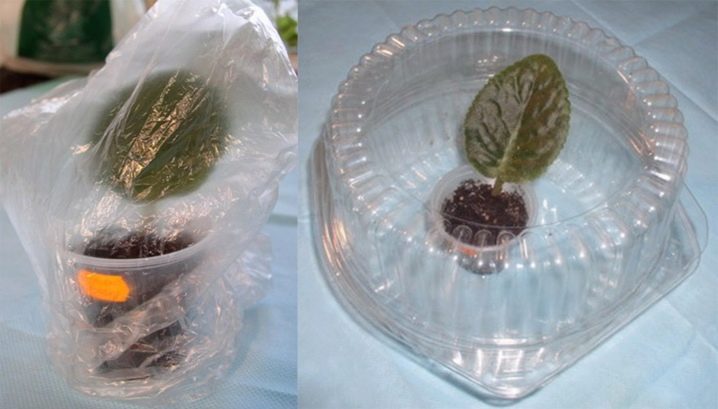
Diseases and pests: control measures
It is worth reading in more detail with the most common diseases of violets.
- If a whitish bloom appears on the leaves, then the violet has been exposed to powdery mildew. Low temperature, high humidity, lack of nitrogen are the reasons for its occurrence. To get rid of, spray the flower with "Fundazol" or "Bentlan". This will require a double treatment, with an interval of 10 days.
- Brown spots on the leaves indicate the appearance of late blight - this is a fungus that loves moisture very much. Unfortunately, the plant cannot be saved. The only thing you can do is cut off the top of the violet (if it is not damaged) to try to root it.
- Brown bloom and leaf fall are signs of gray mold damage. Watering with cold water, temperature drops are the reasons for its appearance. Transplant the plant urgently and spray with Bordeaux liquid.

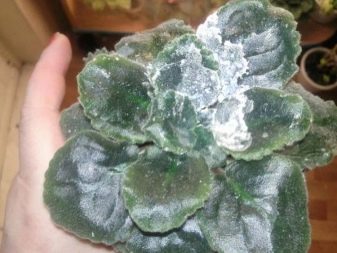
The violet can be attacked by pests: ticks, aphids, scale insects, wood lice, thrips. Be attentive to your darling, and when alarming symptoms (spots, small holes, sticky white plaque) appear, use chemical preparations, for example, Actellik, Fitoverm and others.
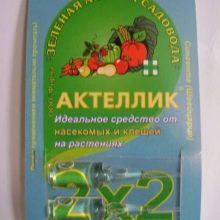
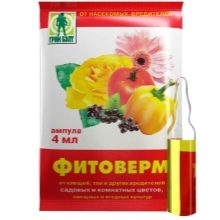
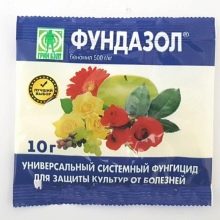
An overview of the Black Pearl violet is presented in the next video.































The comment was sent successfully.